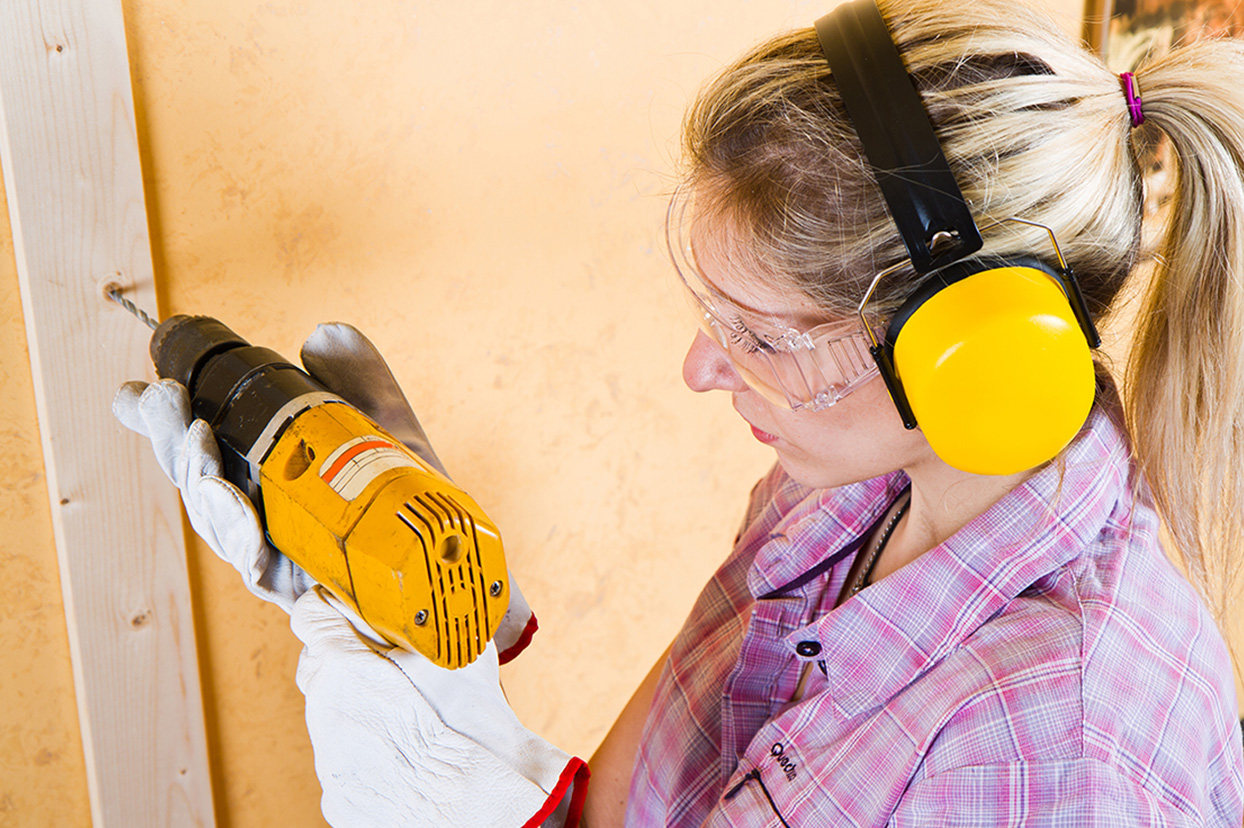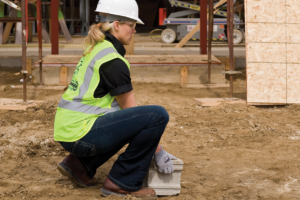February 21, 2018
Hand and power tool safety
Working with hand and power tools may not seem like a dangerous job, but without proper care, tools can cause serious injury. Most injuries result from misuse and improper maintenance. To prevent injuries, follow these tips for hand and power tool safety:
- Make sure you’re using the right tool for the job
Only use tools for the job for which they’re intended. Using the incorrect tool could result in injury for yourself or other employees or damage the tool, making it unsafe for future use. When using power tools, familiarize yourself with the manufacturer recommended use, maintenance and storage information. Only use tools you’re trained and qualified to use. - Inspect all tools prior to use
Inspect your tools routinely and keep them in good repair. For hand tools, inspect for signs of damage, such as splinters, cracks, mushroomed heads or missing or ill-fitting handles. For power tools, check for proper guarding and look for defects such as missing ground pins, frayed cords or broken pieces. Make sure all controls and functions are working properly. Defective tools should be immediately removed from service, repaired or discarded. - Eliminate potential hazards
Secure the work piece prior to beginning your work. Make sure your work surface matches with the tool you’re using. Keep body parts out of the line of work and direction of force. Before using electrical motor driven power tools, check your surrounding area for flammable or combustible vapors. Turn off and unplug or remove batteries before adjusting, oiling, cleaning, repairing, attaching or changing an accessory or during tool changes. Make sure cords and hoses are out of the way prior to use. - Wear the appropriate personal protective equipment
Match your PPE with the job, taking note of potential for flying particles, dust or noise created by a power tool. Wear close-fitting clothes, tie back any loose hair and remove jewelry. - Properly clean and store tools after use
Clean the tool after use if oily or soiled, using proper cleaning methods. Put it back where it belongs when you finish, being sure to store and transport in a manner to keep clean and free from damage from impact, moisture and other risks. Storing tools in the correct place helps prevent other workers from using improper tools.





